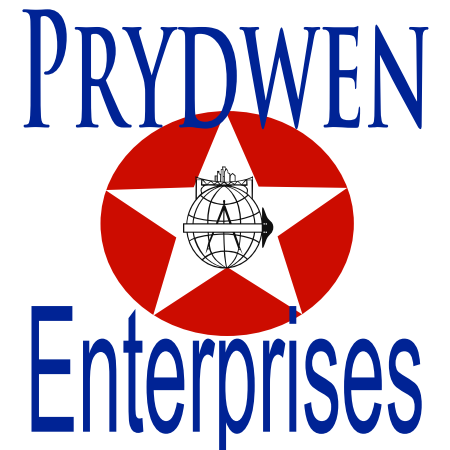Stretching from the edge of downtown at 6th Street and Campbell Avenue all the way to include the Hurt Park and Mountain View neighborhoods, ending westward at 18th Street and Patterson Avenue, Roanoke’s West End neighborhood teems with the stories of the people who built this city. Many of their residences remain, along with the stories of the city’s earliest successful denizens.
Roanoke is commonly considered a city built upon the success of the railroad, and while the success of the rail system in the late 19th and early 20th centuries certainly contributed to the city’s growth, to ascribe that as the full story would be a disservice to a fuller account of Roanoke’s growth, and the West End’s in particular. Many structures in the West End neighborhood serve as a testament to the hard work and ingenuity of immigrants to Roanoke of diverse background.
A glimpse of the 1920 census reveals the diversity of people living between the 1300 and 1500 blocks of Campbell, Chapman, Patterson, Rorer, and Salem Avenues. Immigrants from within the United States, including those from New Jersey, Pennsylvania, and Ohio, among others, and immigrants from outside the United States, including Scotland, Russia, and Syria. All of these people, from diverse walks of life, played a role in creating a vibrant community. While many were in the employment of the railroad industry, there were numerous engineers and conductors, you would also find traveling salespeople, tailors, whole goods merchant store owners, real estate agents, pharmacists, and firemen.
The 1930 census for the same blocks shows a growing diversity of jobs and people, with continued immigration from both inside and outside the United States. If you were a resident of Patterson Avenue at the time of enumeration for the 1930 census, your neighbors would have included a sales person for a tire manufacturer, several workers at a rayon plant, a foundry superintendent, a railroad carpenter, and several retail entrepreneurs. And it wasn’t just native Virginians you could find in the neighborhood, but rather you’d find residents from Northern Ireland, the Carolinas, Syria, Maryland, Pennsylvania, among other locations.
A look at the same blocks on the road immediately to the south of Patterson Avenue, Chapman Avenue, reveals a similar picture. At the time of the enumeration of the 1930 census, there were neighbors of diverse backgrounds living next to each other. A hair dresser, a foundry molder, a cashier, a company chairperson, stenographers, and local entrepreneurs. All of them bringing a unique history to the unfolding story of the West End area. Like the residents of Patterson Avenue, those of Chapman included Virginia natives and immigrants. Immigrants from Indiana, Scotland, New York, England, Tennessee, and Syria all made Chapman Avenue a place to call home. Some of the residents were owners, others were renters, and some were transient boarders looking for temporary housing while settling into the city.
One of the families who moved to Roanoke from what was then part of Syria, now Lebanon, was the Najjum family. For many years, the Najjum family ran a grocery in downtown Roanoke, with the paper noting their good business. Unfortunately, as with many businesses during the early 1930s, the grocery fell on hard times and had to close its doors in 1932. A business that survived the Depression and through the Second World War was the Milan Brothers Cigar Store, founded by immigrant brothers Joseph and Abraham Milan, also of Syria. In the local paper, it was noted that after the Second World War, the brothers’ sons, who ran the business after the brother died, operated, “one of the largest luncheonettes, soda, pipes, cigar and periodical businesses in the city.” (History of the City of Roanoke, Raymond Barnes, 1968.) In 2015, anyone familiar with today’s downtown will recognize the Milan Tobacconists sign and store at the corner of Jefferson Street and Church Avenue, proudly declaring that they’ve been open since 1914.
This is our past. We are not looking at our past for nostalgia, but rather we look at our pasts to be inspired, to know where we came from, and to encourage growth and diversity at our doorstep. We are West End. We know our rich and diverse past. We seek a rich and diverse future.
